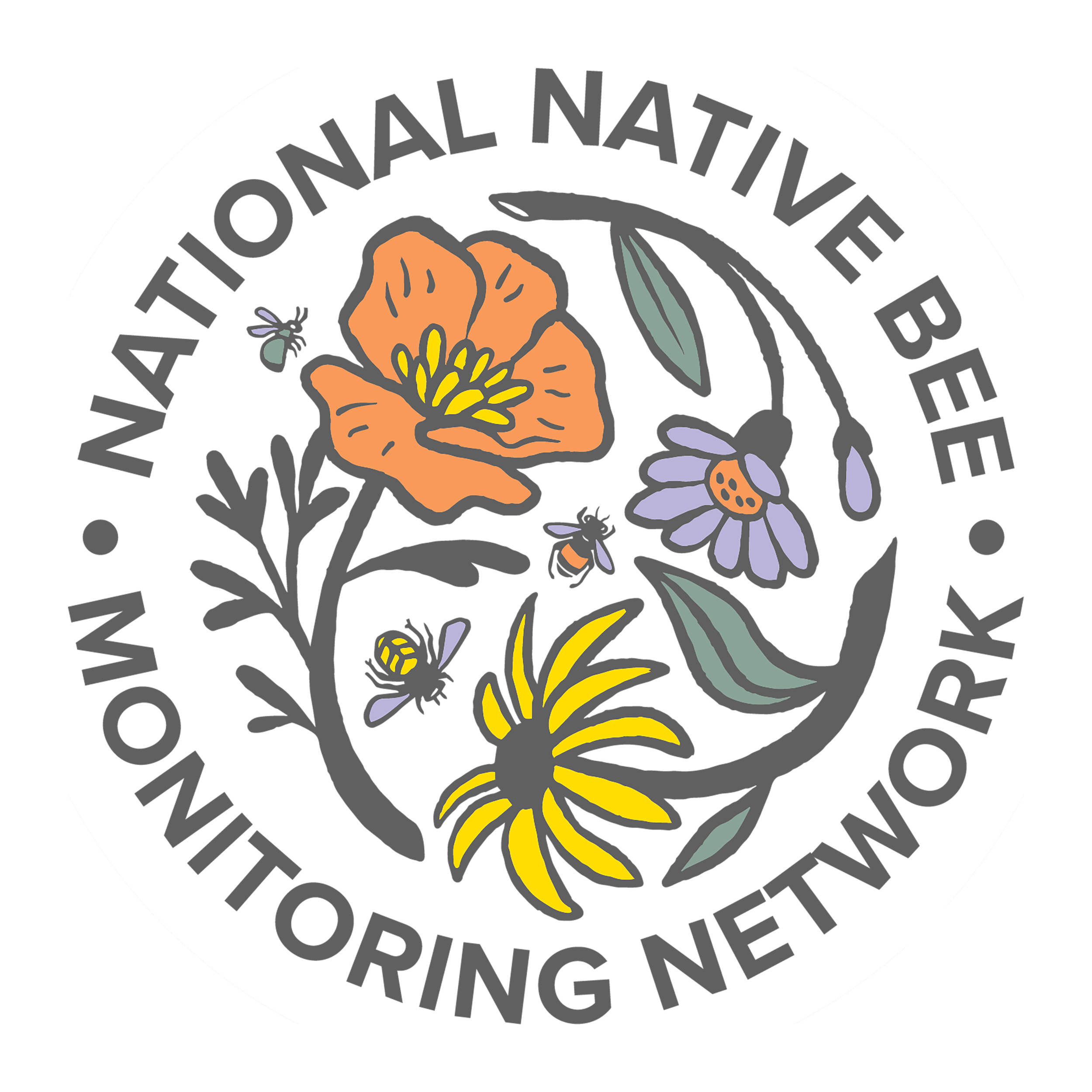The value of long-term native bee monitoring
Meiners, J.M., Griswold, T.L., and O.M. Carril. 2019. Decades of native bee biodiversity surveys at Pinnacles National Park highlight the importance of monitoring natural areas over time. PLoS One 14(1): e0207566. doi.org/10.1371/journal.pone.0207566 (pdf)
Kazenel, M.R., Wright, K.W., Bettinelli, J., Griswold, T.L., Whitney, K.D., and J.A. Rudgers. 2020. Predicting changes in bee assemblages following state transitions at North American dryland ecotones. Scientific Reports 10: 708. doi.org/10.1038/s41598-020-57553-2 (pdf)
Graham, K.K., Gibbs, J., Wilson, J., May, E., and R. Issacs. 2021. Resampling of wild bees across fifteen years reveals variable species declines and recoveries after extreme weather. Agriculture, Ecosystems & Environment 317: 107470. doi.org/10.1016/j.agee.2021.107470 (pdf)
Kammerer, M., Goslee, S.C., Douglas, M.R., Tooker, J.F., and C.M. Grozinger. 2021. Wild bees as winners and losers: relative impacts of landscape composition, quality, and climate. Global Change Biology 27(6): 1250-1265. doi.org/10.1111/gcb.15485 (pdf)
Turley, N., Joshi, N., Biddinger, D., and M. López-Uribe. 2022. Six years of wild bee monitoring shows dramatic seasonal shifts in biodiversity and species declines. Ecology and Evolution 12(8): e9190. doi.org/10.1002/ece3.9190 (pdf)
